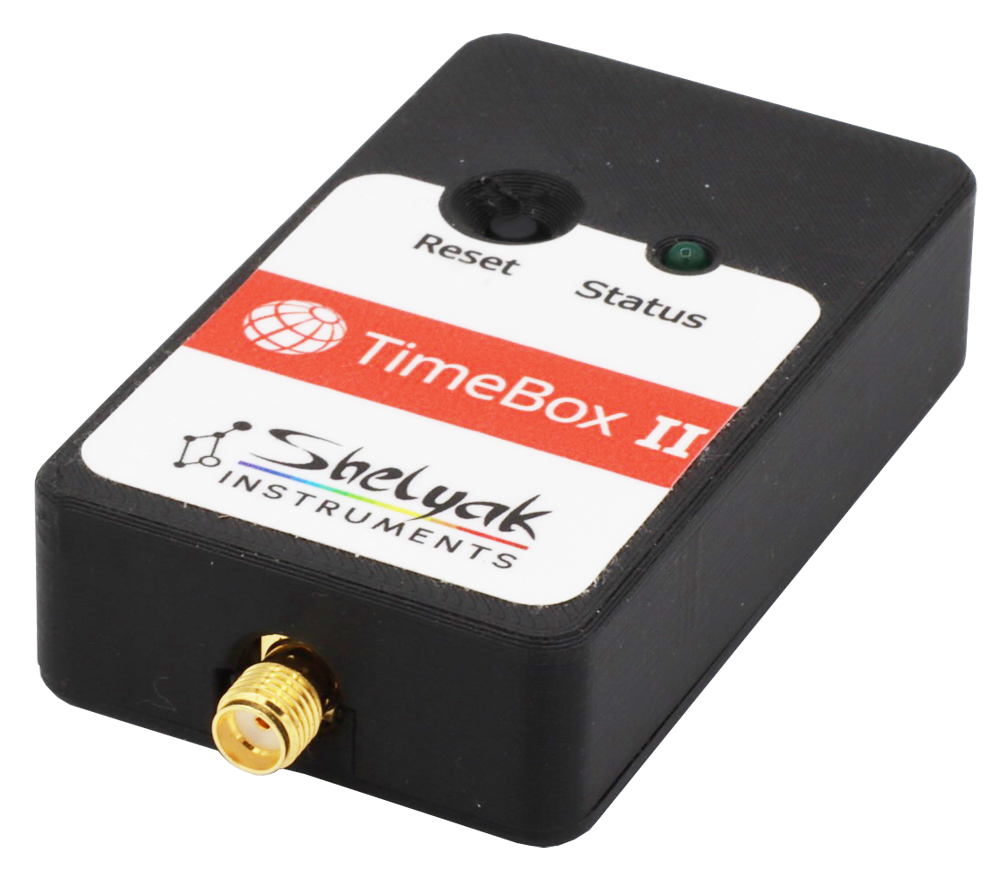
TimeBox II: a small box for big ambitions
TimeBox II is a simplified
– and equally accurate – version of the original TimeBox, which has been in the Shelyak catalogue for several years. It is considerably cheaper, and this is something that is likely to radically transform observations of stellar occultations.

François COCHARD
CEO of Shelyak Instruments
January, 2025
New – April 2025 – Log file
From version 1.1.5 onwards, TimeBox II software produces a log file that keeps a precise record of the software’s actions. This not only verifies that all has gone well, but is also an effective way of checking that no other software is changing the PC’s clock settings.
FAQ – Frequently Asked Questions
At the end of this article, you’ll find a FAQ to help you with some of the technical aspects – don’t hesitate to send us your own questions.
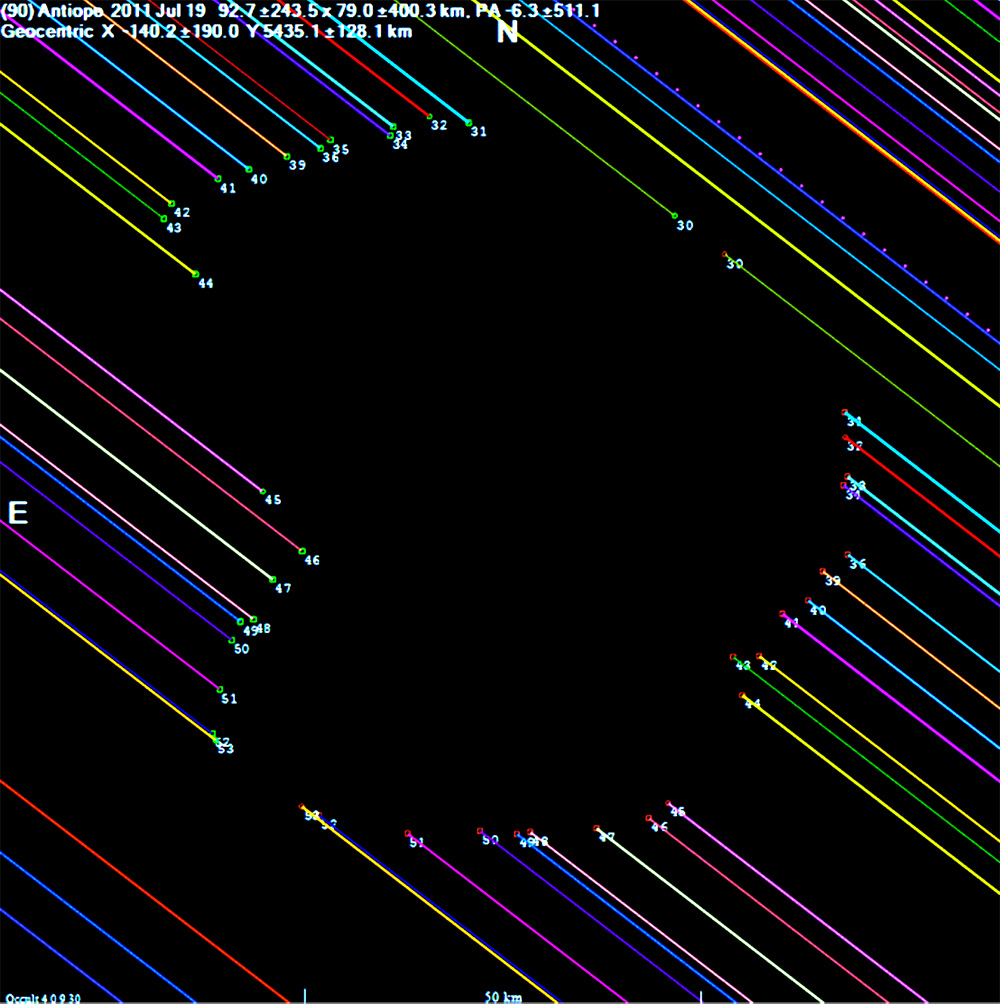
The TimeBox II solution has two major advantages : it’s easy to setup , and it’s inexpensive. Of course, it provides sufficient precision to observe most events of this type (a few milliseconds compared with absolute time). These two advantages will make these measurements accessible to as many people as possible, which will profoundly transform asteroid research in the coming years.
Our aim at Shelyak Instruments, in making this equipment available to you, is therefore simple and ambitious: to greatly increase the number of observers worldwide, in order to bring a ‘new tool’ (the amateur astronomy community) to the scientific community.
During discussions with experts in this field – the measurement of star occultations – I came to realise that there really is strength in numbers. The more observers there are spread across the country, the more concerted observations we can make, and the more data we can contribute to science. The more experienced the observers, the more ‘ambitious’ observations can be made (e.g. of smaller objects with short occultation times and whose orbits are less well known).


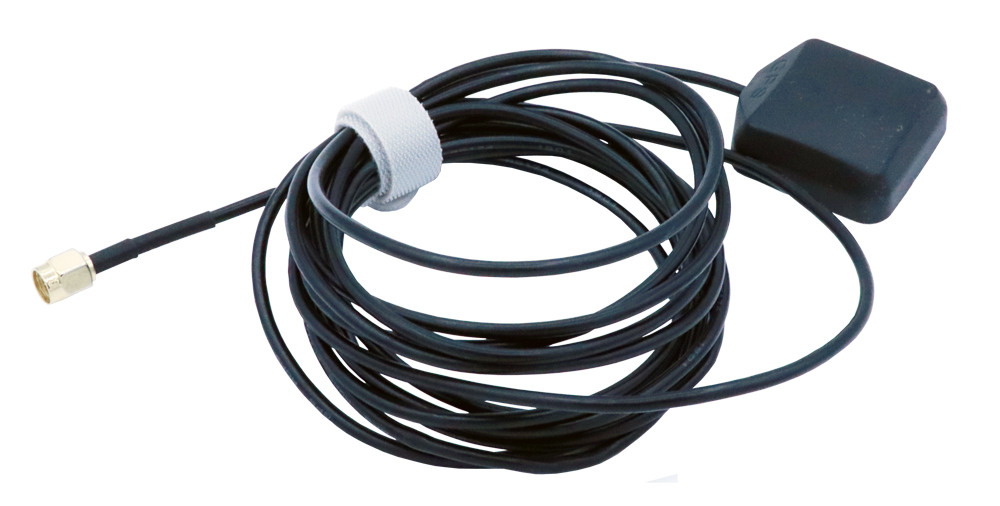
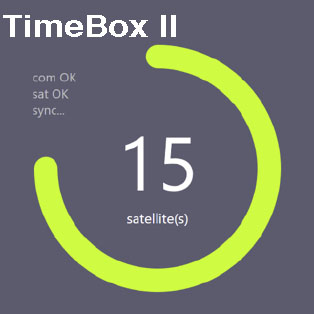
This first version proved its worth – it enabled many precise observations – but its price was quickly perceived as a brake. In agreement with César, we went back to the drawing board and tried to make the best possible use of today’s tools and technologies to reduce prices significantly. The aim was to offer a solution costing less than €200 inc VAT.
It just so happens that – in astronomy at least – we’re living in amazing times, and the tools at our disposal are magical: integrated design of electronic boards, 3D printing, open source software… it’s thanks to these tools that TimeBox II exists today.
As far as we’re concerned, we’re always keen to hear about your experiences so that we can further improve our technical solutions; in particular, we can develop the software further if that would help you.
In this chapter, you’ll find technical information that has recently been the subject of questions or comments about TimeBox II. An opportunity to go into detail on some interesting topics.
How accurate is dating?
TimeBox II ensures that the time difference between your Windows PC clock and GPS time (UTC) is less than or equal to 2 milliseconds. You can see for yourself in the software log file the actual deviations and corrections made. Nevertheless, image dating does not depend exclusively on the accuracy of the clock. It also depends on the acquisition software and how it “tags” images with date information. As well as all the “mechanics” of the OS (in this case Windows), between the moment when the PC clock is interrogated and when the time information is “delivered” to the software. In practice, this can be in the order of ten milliseconds, if the PC is not running too many “resource-hungry” programs at the same time. This latency between the clock and the date actually recorded in the images can be measured, for example using the ‘PPS’ LED on TimeBox II. The actual dating of the images can then be corrected, either in the software or a posteriori. An effective accuracy of a few milliseconds will then be achieved.
How accurate must be asteroid occultations of stars?
There’s no simple answer to this question, because it will depend on a number of parameters, such as the duration of the occultation, or the number of observers. What I’ve heard from specialists is that most occultations require a precision of around ten milliseconds, or even a little more (100ms?). Accuracy to within a few milliseconds (as provided by TimeBox II) is more than sufficient in the vast majority of cases.
An important note. We’re talking about absolute dating, i.e. in relation to a “universal” reference (in this case, UTC time given by the GPS network). The aim is to ensure that several observers distributed along the asteroid’s trajectory all have identical dates, to within a few milliseconds.
GPS dating integrated into the camera, that’s better, isn’t it?
Strictly speaking, yes, since the time reference is “closer to the camera”, and image dating is less dependent on the OS (Windows). But this comes at the expense of a few other parameters:
- Cameras with integrated dating are rare, and require a specific type of sensor. But CCD and now CMOS sensors are evolving fast… having a more sensitive camera is another important asset for quality observations. With TimeBox II, you can choose the camera you want, without restriction – even the camera you already have at home!
- These cameras are expensive (compared with cameras suitable for occultation), and while there is probably greater precision in an integrated camera, the TimeBox II is sufficient to make high-quality occultation measurements in most cases.
TimeBox II is just a GPS module, isn’t it?
Yes and no. In hardware terms, TimeBox II consists of a GPS module, a microcontroller (in this case an RP2040 from the Raspberry Pi Foundation) and a USB connection, all in a small package. But TimeBox II is also a very easy-to-use software package, enabling fast and reliable implementation. This simplicity of implementation is central for us: we’re all short of time, and we don’t feel like reading documentation for hours on end. Everything has been done on our side to be able to tell you with aplomb: go ahead, make occultation observations, it’s easy and rewarding! I know from experience that this is a key factor if we want more and more observers.
Does TimeBox II have a log file?
Yes, since version 1.1.5. Not only does it record all software activity, but it also tells you if another piece of software has changed the clock settings – a case we’ve encountered for real, and which wasn’t easy to understand!
Does an NTP server do the same thing as TimeBox II?
In a way, yes. An NTP server is a “time server” on the Internet, and TimeBox is a kind of time server on the USB. The basic principle is the same, it’s just the technical solution that differs. But I see two arguments in favour of TimeBox II:
- Since an NTP server is on the Internet, latency times are potentially even greater than inside the computer. I don’t have any practical experience, but I’ve heard that the actual precision isn’t always there.
- Occultation observations often take place in open country… where internents don’t necessarily go. So if you have to connect to the Internet via your phone, the time differences are even greater. Conversely, a GPS module works very well in open country.
Why controlling the PC clock? It does have a quartz clock, doesn’t it?
Yes, of course a PC has a Quartz clock. But these quartz crystals are of poor quality, often drifting by several seconds a day. This is not a problem on a day-to-day basis, especially if the PC is regularly reset by an NTP server. But all this does not allow for the absolute precision of a few milliseconds.
The simplicity of implementation… a real argument or just bulshit?
This is an important question. Occultation observation is really simple, with the equipment available today. The only remaining difficulty is that of absolute dating. TimeBox II aims to solve this problem, making observations even simpler.
In our view, this argument is likely to significantly increase the number of “occultation” observers, and that’s no small thing. The more observers there are, the more solid and relevant the scientific data collected will be. The greater the opportunities for observation (because you won’t have to go so far from home to observe).
So if we emphasize the simplicity of observation, it’s really to enable the occultist community to grow strongly, and thus to enable as many people as possible to make a very concrete contribution to research.
Can there be time conflicts between several pieces of software on my PC?
Yes! And we were able to see this for ourselves with one of the first TimeBox II users. It took us a while to understand – and above all to detect and confirm – that another piece of software was interfering with the PC’s clock settings. Following this experience, we added this important function to the log file: you’ll see very clearly (by means of an explicit error message) if another program is trying to do the same thing as TimeBox II.
Obviously, if two software programs make the same type of corrections to the clock, things won’t go well.
Does TimeBox II run on Linux and Mac?
To date (March 2025), only a Windows version is available. The reason is simple and pragmatic: the vast majority of observers use Windows. But if requests for a Linux version multiply (we’ve already received a few), it’s possible that we’ll work on it; in fact, there’s no technical impossibility of making this type of port (even if time management under Linux is quite different from that of Windows). It’s the same for the Mac… but I doubt that many occultation observations are made under this OS (I could be wrong and I’ll keep listening). So in reality, I doubt we’ll ever see a Mac version.
Ordering the TimeBox II
Click on the link to go to the online shop
